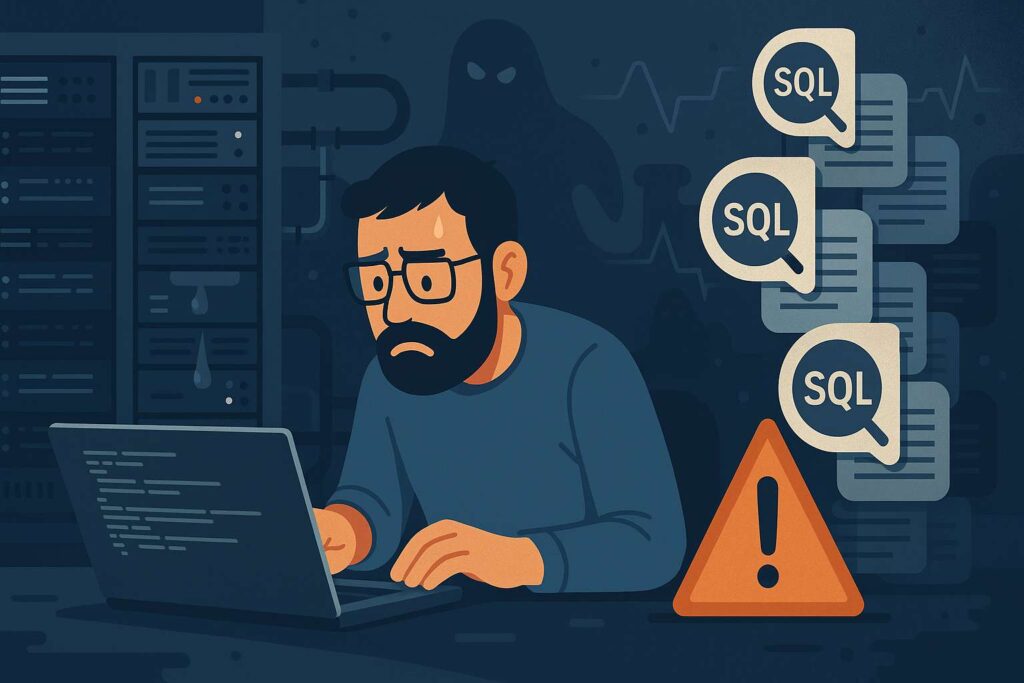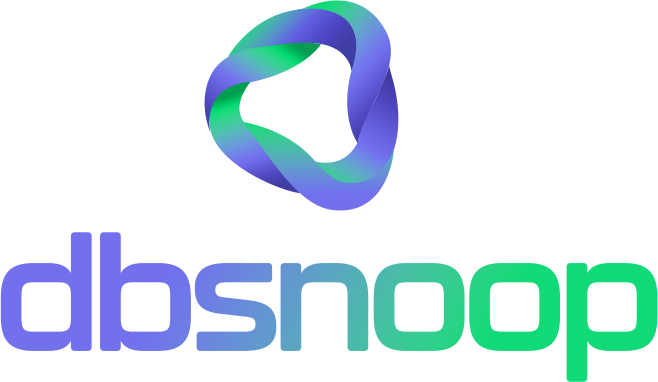

If queries pass in staging, why do they freeze everything in production?
This question haunts developers, DevOps, and DBAs every day.
The code is correct. The index is correct.
The environment is (almost) the same as testing.
And yet… the database slips. The application freezes. The user complains.
The problem isn’t in the script.
It’s in the query’s behavior under real conditions — which change over time, load, and data volume.
Welcome to the invisible bottlenecks
Invisible bottlenecks are like internal leaks:
You don’t see where they come from, but you feel their effects.
They appear when the query seems well-written, but:
- Behaves differently with real data;
- Changes execution plan depending on volume or optimizer statistics;
- Competes with other processes for the same resource (memory, disk, I/O);
- Creates locks or passive waits due to inefficient structure.
The result? A queue of stacked requests and an environment that looks “stuck,” even though it’s technically “up.”

Why don’t traditional tools show this?
Because dashboards don’t explain why the query changed.
They show metrics, not context.
And most tools focus on alerting when it’s already too late — after the damage is done.
Who suffers? You and your team, trying to guess what went wrong in a query that seemed “good.”
How does dbsnOOp help in this scenario?
dbsnOOp was created to understand query behavior through the lens of AI.
It learns from the real environment, recognizes execution patterns and:
- Detects queries that are starting to degrade before becoming bottlenecks;
- Analyzes execution plans with AI, highlighting differences between environments;
- Points out indexes that cause regression with certain data volumes;
- And proposes technical recommendations based on actual usage — not ideal assumptions.
All this without replacing anyone.
It doesn’t make decisions for you — but gives you what no traditional tool delivers: clarity and time.

In dynamic environments, a query that’s “good” today can be a bomb tomorrow.
The complexity of modern systems demands a new level of analysis.
It’s not enough to know a query is slow. You need to know when, why, and how it changed.
If you and your team want to stop chasing ghosts in production, it’s worth seeing how dbsnOOp can help find bottlenecks before they find you.
Shall we talk?
Schedule a demo with our team and see how dbsnOOp can help you spot what’s about to break — before it becomes an incident.
Schedule a demo here.
Learn more about dbsnOOp!
Learn about database monitoring with advanced tools here.
Visit our YouTube channel to learn about the platform and watch tutorials.


